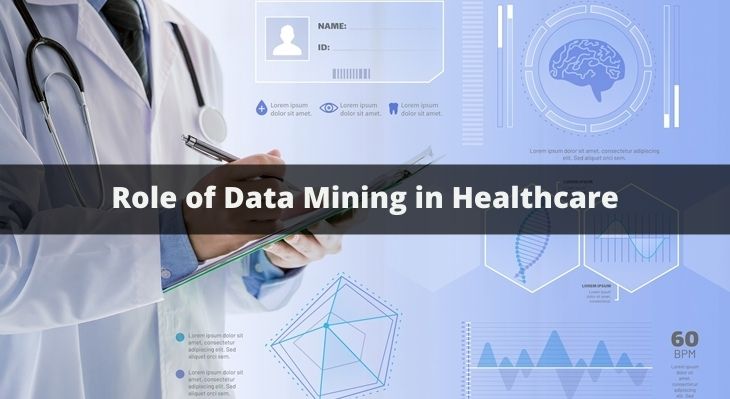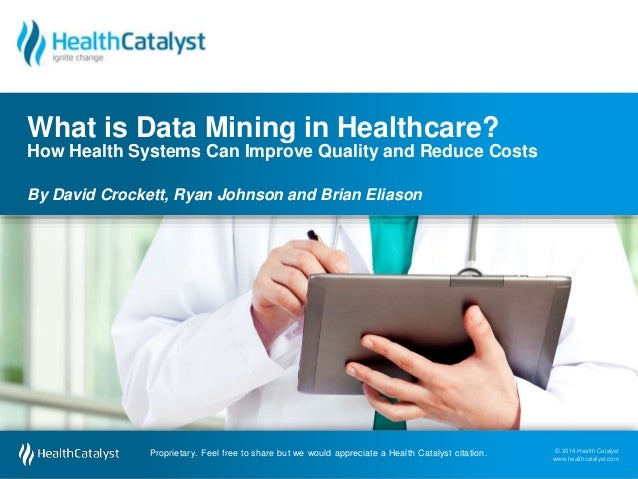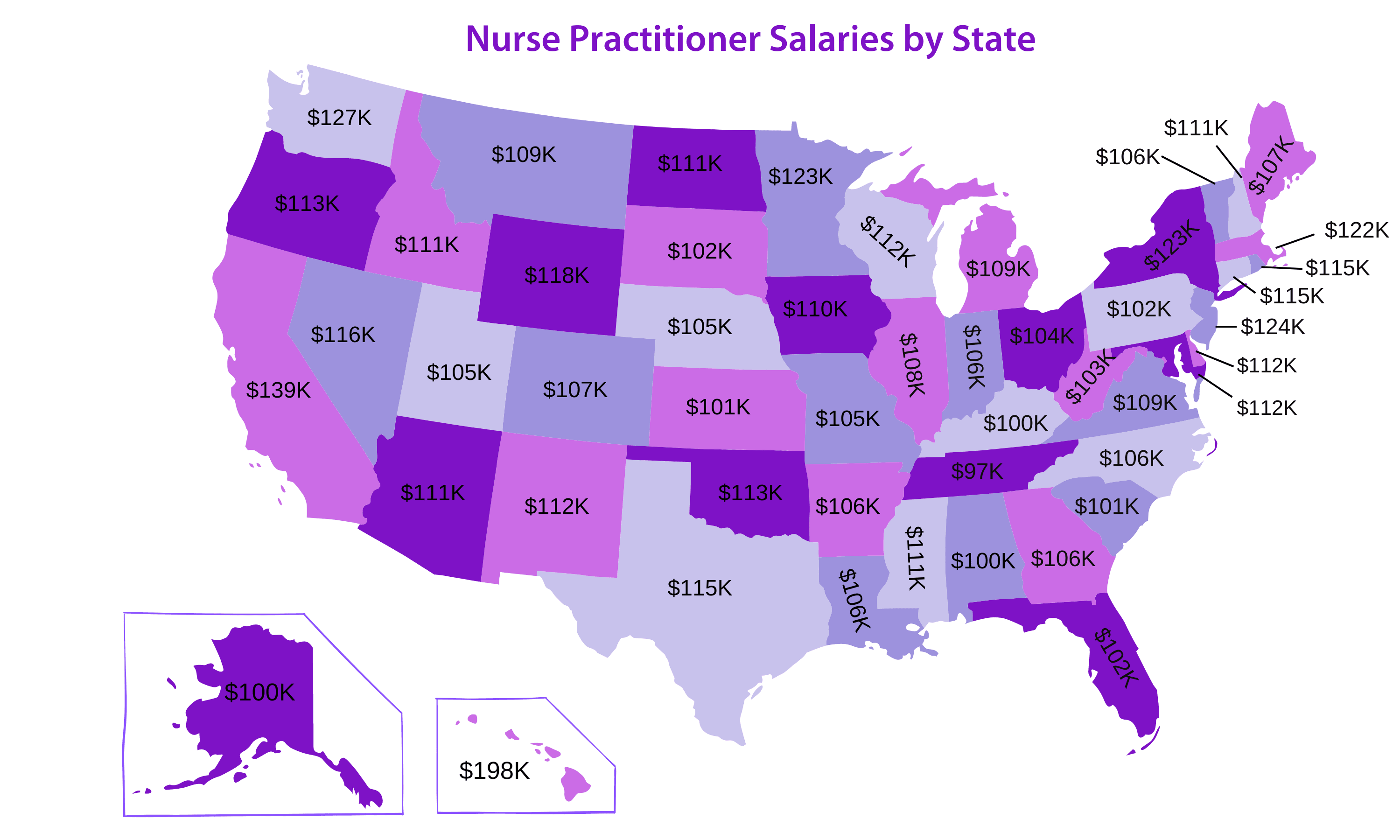Developing a patient risk score by matching abnormally high utilization rates against medical complexity and socioeconomic factors. From the mid-1990s data mining methods have been used to explore and find patterns and relationships in healthcare data.
 What Is The Role Of Data Mining In Healthcare
What Is The Role Of Data Mining In Healthcare
Data mining in Healthcare is a crucial and complicated task that needs to be executed accurately.

Data mining in healthcare. From our experience to date many hospitals have not come to grips with what healthcare data mining is all about and how it can affect CMS compliance. During the 1990s and early 2000s data mining was a topic of great interest to healthcare researchers as data mining showed some promise in the use of its predictive techniques to help model the healthcare system and improve. Care providers can use data mining to identify effective treatments and best practices as well as to develop guidelines.
For example data mining can help healthcare insurers detect fraud and abuse healthcare organizations make customer relationship management decisions physicians identify effective treatments and best practices and patients receive better and more affordable healthcare services. Data mining is the process of pattern discovery and extraction where huge amount of data is involved. At its most basic data mining and analysis can be defined as the use of techniques and technology to derive or predict patterns from large amounts of data.
It is mainly used for interpreting big data and analytics for smoothening the workflow at hospital management by helping doctors and nurses serve better to their patients. Data mining is gaining momentum in the healthcare industry because it offers benefits to all stakeholders. Information recorded in the electronic health records EHRs has the possibility of revolutionizing our health care system into a Learning Healthcare System in which routine clinical care and science are aligned via a constant cycle of data assembly data analysis interpretation feedback and change implementation EHRs contain routinely.
In healthcare data mining is becoming more popular nowadays. But due to the complexity of healthcare and a slower rate of technology adoption our industry lags behind these others in implementing effective data mining strategies. Both the data mining and healthcare industry have emerged some of reliable early detection systems and other various healthcare related systems from the clinical and diagnosis data.
Data mining applications can greatly benefit all parties involved in the healthcare industry. Healthcare sector continues to utilize big data to steer productivity and quality the possible number could get to a lot more than 300 billion annually as per a 2011 record from the McKinsey Global Institute. The fact that standard data mining is more focused on.
Patients especially those having chronic or high-risk diseases can. Here there are four types of applications such as. Data mining applications can.
It attempts to solve real world health problems in diagnosis and treatment of diseases. While the traditional data mining is focused on patterns and trends in data sets data mining in healthcare is more focused on minority that is not in accordance with patterns and trends. Healthcare data mining is likewise estimated to assist in reducing costs.
Data mining holds great potential for the healthcare industry. In case the US. Data Mining is one of the most versatile techniques that have received a warm response in Government Healthcare Enterprises and private Organizations.
In healthcare sector data mining has proven effective in areas such as predictive medicine customer relationship management fraud detection and also the measuring the effective of particular treatments. Data mining techniques can be imple mented retrospectively on massive data in an automated manner whereas traditional statistical methods used in epidemiology. The use cases for big data analytics in healthcare are nearly limitless and build very quickly off of the patterns identified by data mining such as.











